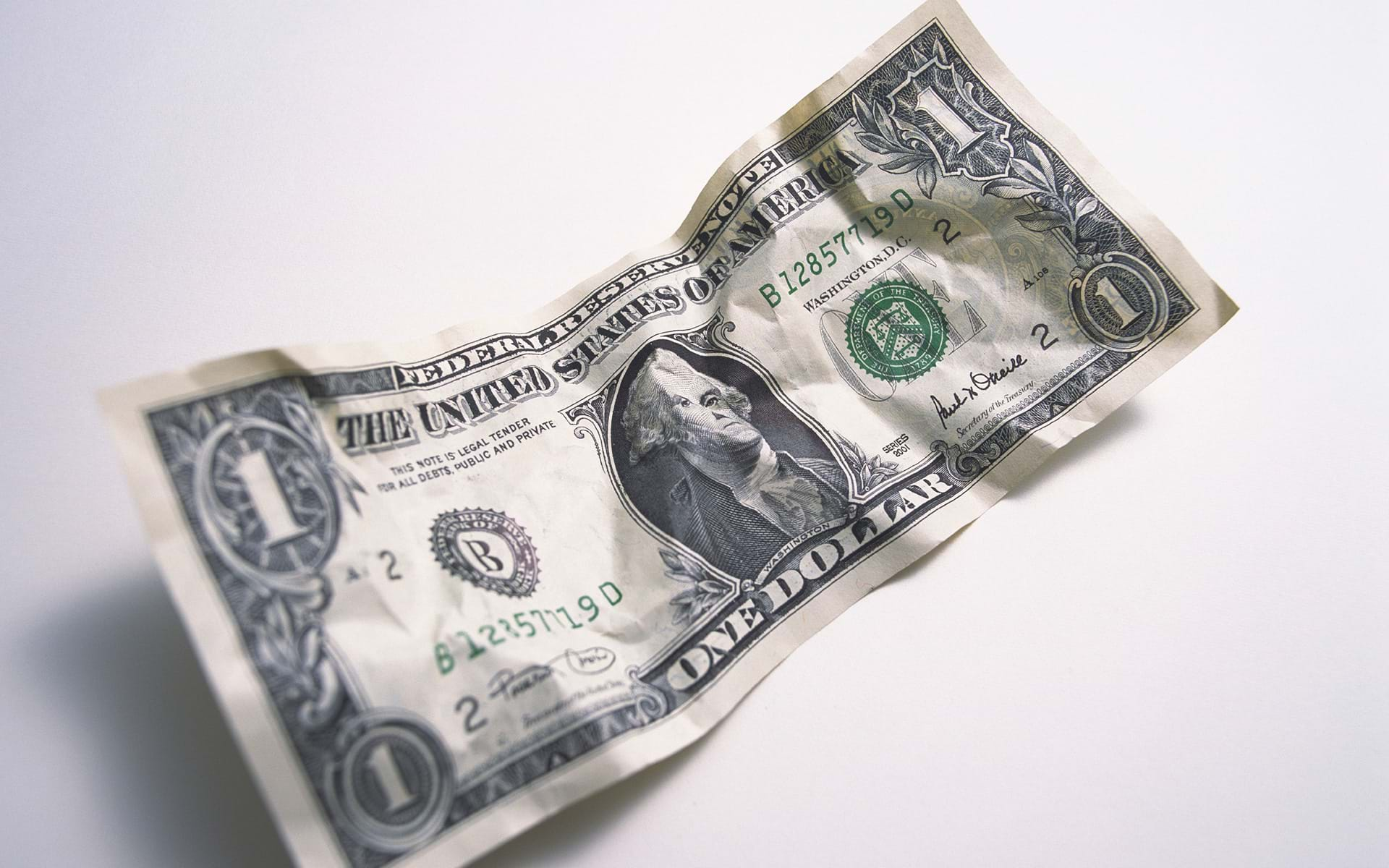It has long seemed like trivial advice. Set three to six months of money aside in an emergency fund. Well, that advice is no longer something you can ignore, say financial planners.
How Much Money to Put in Your Emergency Fund
FPA member Michael Anderson, JD, MS, CFP®, recommends that couples and individuals whose sources are what would traditionally be more 'secure' should set aside six months of expenses in their emergency fund. "For example, if you have a husband who is a fireman and a wife who is a school teacher, I would consider their incomes more recession-proof than others," he said.
But if you have income that might be viewed as volatile, Anderson recommends setting aside 12 months of expenses. "A good example of this would be if the husband works in financial services and the wife works at a car dealership or other retail," he said.
Meanwhile, other planners say the amount you need depends on many factors. "The old three to six month savings rule doesn't really work in this economy, if it ever worked," said FPA member Ginita Wall, CPA, CFP®. "The true amount you need in savings is the funds you'd need if you lost your job, through layoff or illness, until you could get back to work again. So if you become disabled and have disability insurance that kicks in six months, you need six months of living expenses in emergency funds. But if you lost your job and it took you a year to find another one, you need a year's worth of living expenses in emergency funds, minus the unemployment insurance you'd receive. Now, if you are in a recession-proof job and have disability insurance that begins immediately, then your need for emergency funds is very low. Not many people fit that category these days, unfortunately."
Anderson said other factors need to be considered when deciding how much to put aside. "When making a decision about an emergency fund you need to take into account your marketability," he said. "Are you very experienced? Well-educated? In-demand profession? Willing to relocate? Willing to accept less than current pay?"
In addition, Anderson noted that you need to be careful to distinguish necessary expenses vs. income when deciding how much to put aside in an emergency fund. "Expenses are just that — living expenses; not Starbucks, not eating out, not Coach purses, not golf, not even retirement or other savings — it's getting by until you can add to income," Anderson said.
Other Items to Consider
Building an emergency fund is easier said than done. So how do you boost your savings? "It's easy," said Wall. "Pretend you just lost your job. Cut your spending to a nub, and hoard as much of your earnings as you can. It's a pay me now or pay me later kind of situation — the money you save today will get you through in lean times. That's why squirrels store nuts for the winter."
Besides an emergency fund, Anderson recommends creating what he calls a natural disaster 'emergency fund.' "Living in Florida, made me cognizant of that," said Anderson. "I am not talking a militia cement compound here and barrels of gas, but I always say have some cash on hand, enough food and water put aside to live for a couple of weeks, stock up on any medications, first aid kit, a way to cook, flashlights, radio, and extra blankets. Seriously, you would be surprised how few people have a basic emergency kit put together."




















